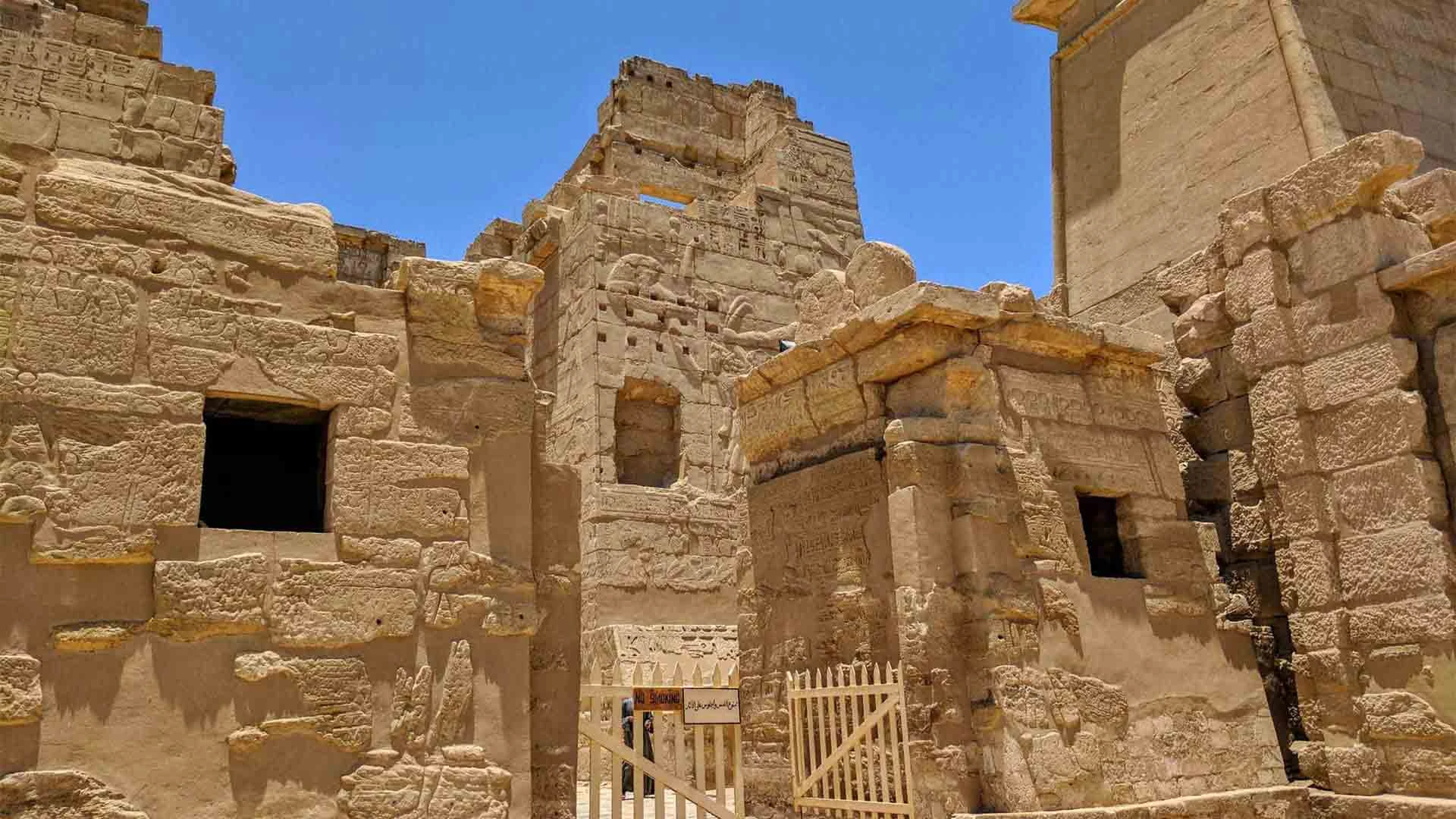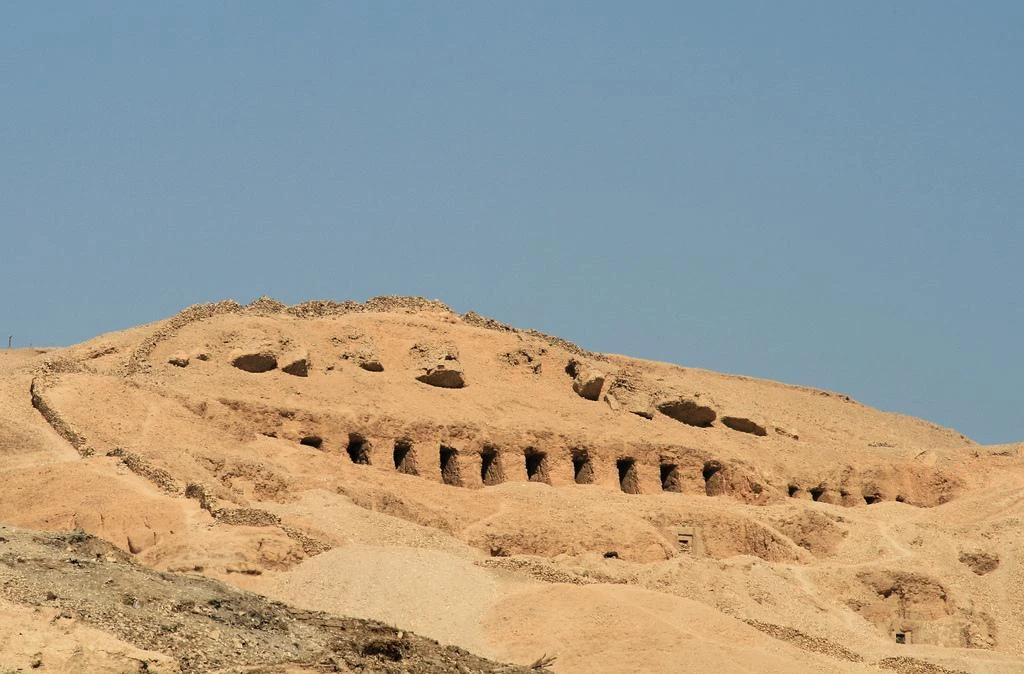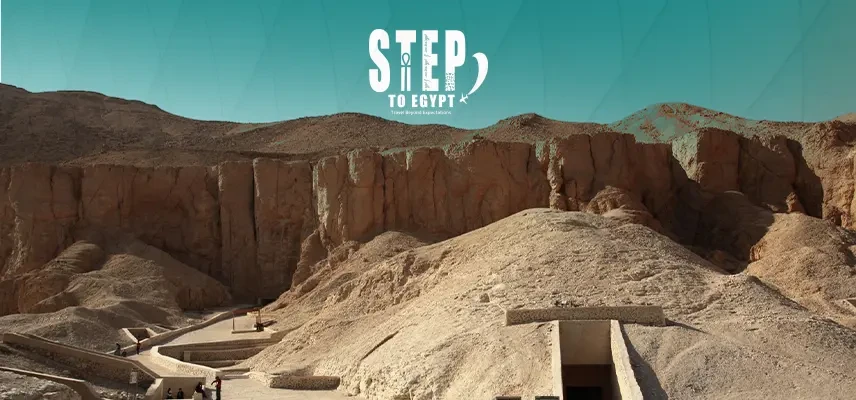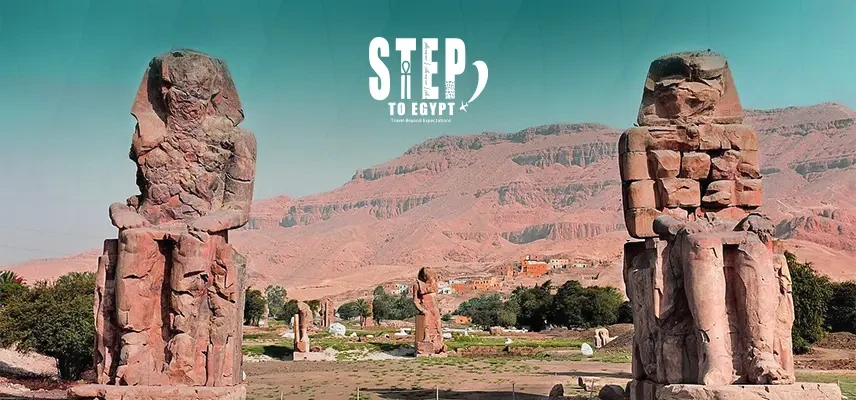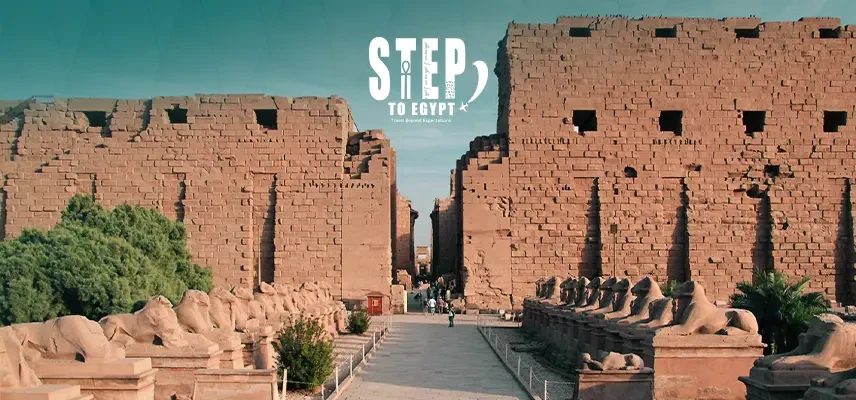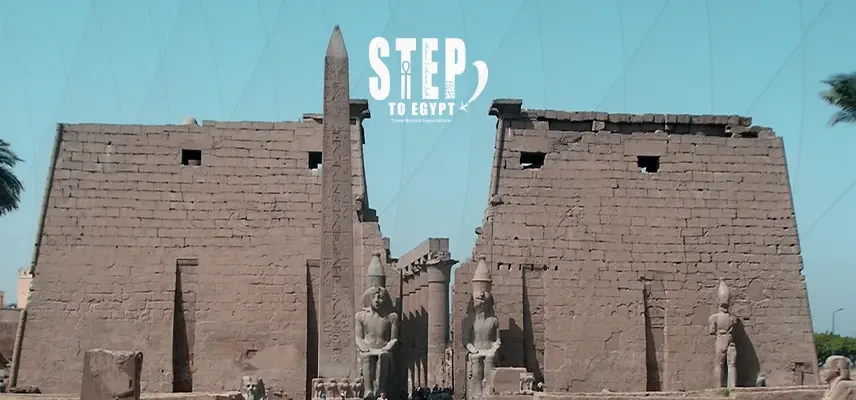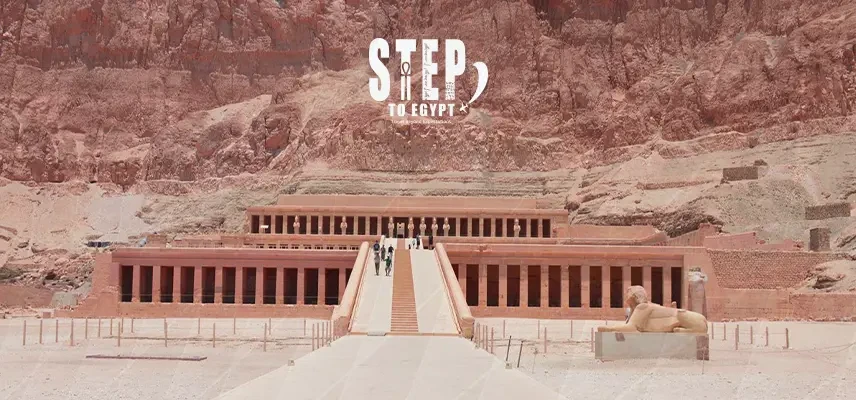
The Temple of Queen Hatshepsut is a temple that is carved straight out of the limestone cliffs in Luxor. And it is one of the most visually-stunning sites to visit in upper Egypt. The queen Hatshepsut mortuary temple is located on the west bank of the Nile and in place called Deir El Bahari. It's like 17 miles northwest from the modern city of Luxor.
In today’s episode of Egyptian never ending wonders, and as few who know the amazing story behind the mortuary temple of Queen Hatshepsut. We will dig deep in every thing related to this amazing monument.
The Temple of Queen Hatshepsut is a temple that is carved straight out of the limestone cliffs in Luxor. And it is one of the most visually-stunning sites to visit in upper Egypt. We talk about a place that speaks drama (a lot of it), about ambition and about architecture that still impress today. Now let’s know more about the funerary Temple of Queen Hatshepsut and how it was built, what it means and why it deserves a top spot on your Egypt travel bucket list.

Where Is the Mortuary Temple of Hatshepsut Located?
The Queen Hatshepsut mortuary temple is located on the west bank of the Nile, in a place called Deir El Bahari. It's like 17 miles northwest of the modern city of Luxor that you will find during your Luxor day tours. The temple sits right at the bottom of these huge cliffs, like literally next to the entrance of the Valley of the Kings. The place wasn’t just picked randomly… It’s sacred and surrounded by old royal tombs and other ancient stuff.
If you're thinking about planning to visit Luxor or maybe stopping by during your Luxor and Aswan Nile cruise, this site is really easy to reach. People usually visit it along with Karnak Temple or the Colossi of Memnon, too.

When Was Hatshepsut’s Temple Built?
The construction of the temple of Hatshepsut began around the year 1479 BCE during Egypt’s 18th Dynasty and it took about 15 years to finish and it was commissioned by Queen Hatshepsut herself.
This was no quick project, as the temple was designed to highlight her accomplishments and power, all while serving as a place to worship the god Amun. The temple also acted as her eternal resting place and was meant to preserve her name through time… and clearly, it worked!

Who Was Queen Hatshepsut?
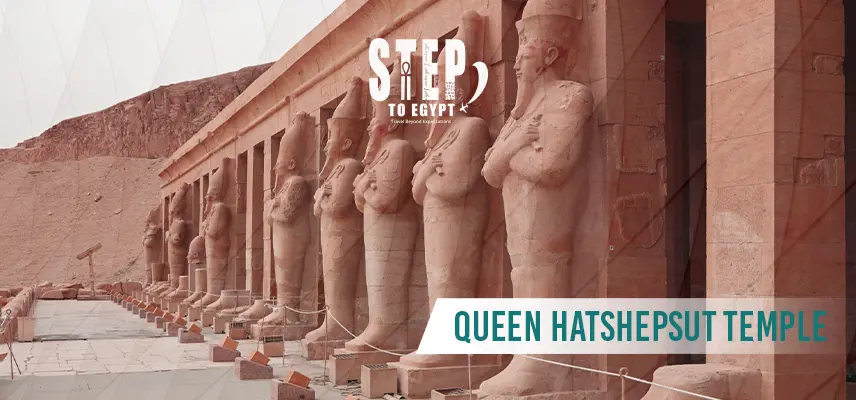
Hatshepsut Egypt wasn’t just your typical queen. She actually ruled as a Pharaoh between 1479 and 1458 BCE. She was the daughter of King Thutmose I, and ended up marrying her half-brother Thutmose II. After he died, she kind of stepped in as regent for his young son, Thutmose III... but before long, she took the throne for herself. All of this info about Queen Hatshepsut, you will know all about it during Egypt classic tours, with our tour guides.
Her reign was mostly peaceful; she focused on trade (that big expedition to Punt comes to mind), building a bunch of stuff, and boosting the economy. She even held the title “Wife of the God Amun,” which was a huge deal back then for any woman. Honestly, she broke a lot of the rules and expectations, and her temple still shows all of that power and ambition.

What Was the Purpose of Hatshepsut Temple?
The mortuary temple of Queen Hatshepsut wasn’t only built for worship. It was a mark of power and a place to honor gods. It was also a memorial that would keep her memory alive.
- Dedicated to Amun-Ra, the creator god
- Honored Hatshepsut’s royal lineage and achievements
- Served as a sacred space for rituals and offerings
- Helped legitimize her position as Pharaoh
This is why it's also called Djeser Djeseru (Holy of Holies), obviously a name as bold as the queen who built it. Discover the legacy of Egypt’s most powerful queen with our Dahabiya Nile Cruises experience.

Who Designed Hatshepsut’s Temple?
The mastermind behind the design was Senenmut: Hatshepsut’s closest advisor and royal architect, who was more than a smart builder, but someone who came up with a temple that reflected Hatshepsut’s perspective of power and glory.
Senenmut took inspiration from the nearby temple of Mentuhotep II, but he totally took it up a bit by adding terraces and colonnades as long as art that told her story in a way people would never forget. Get to know more about Senenmut in your Egypt luxury packages in Luxor.

How Is the Temple of Hatshepsut Designed?
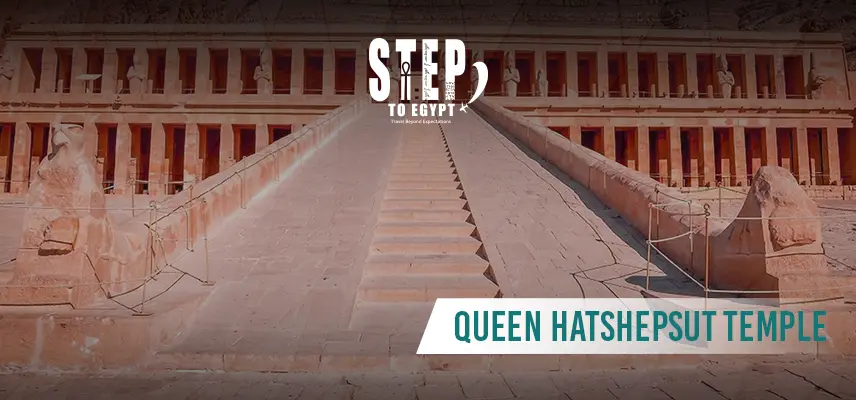
The design of the Egyptian Queen Hatshepsut Temple is totally unique from a to z. why? It is built into the cliffs with three large terraces connected by ramps and it looks more like a royal palace than a temple that you will see with our amazing Egypt travel packages.
Key Features:
- Three levels of platforms
- Colonnades with carved pillars and painted reliefs
- Shrines dedicated to Hathor, Anubis, and Amun
- A sanctuary at the very back of the temple
- A sphinx-lined path and remnants of an exotic tree garden from her Punt expedition
Each level of the temple tells a different story, like her divine birth, her trading success, her devotion to the gods & her place among Egypt’s greatest rulers. All Egypt budget packages and Egypt day tours in Luxor include a visit to this temple.

What Is the Historical Influence of Hatshepsut’s Temple?
The temple of Hatshepsut had a major influence on Egyptian architecture that you will discover on Egypt Nile cruises. It set a new standard for temple design during the New Kingdom and inspired other structures with its balance and symmetry.
But sadly after her death, many of her statues and images were destroyed by Thutmose III. Later the site was used as a Christian monastery during the Coptic era, which also caused damage. But restoration efforts have brought it back to life, making it one of the top sites in Egypt travel packages. Even today, it remains a symbol of female strength, ambition & artistic excellence.

Why Should the Temple of Hatshepsut Be on Your Egypt Bucket List?
The Hatshepsut Temple isn’t just about columns and carvings; it is the story of a woman who ruled an empire, broke the rules and carved her name right into the cliffs of history. Ready to see this wonder for yourself? Book your trip now through Step To Egypt and make sure to add the mortuary temple of Queen Hatshepsut to your list of must-see stops. Your Egypt honeymoon packages definitely won’t be complete without it.
About The Author: STE Team

